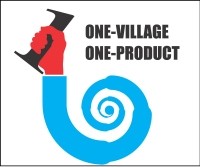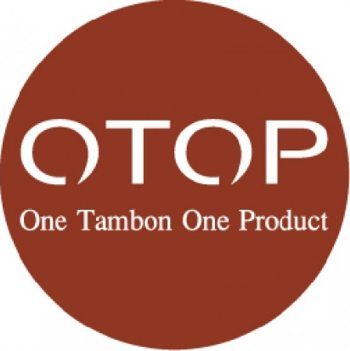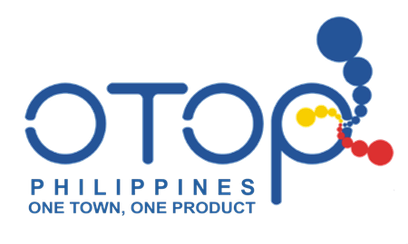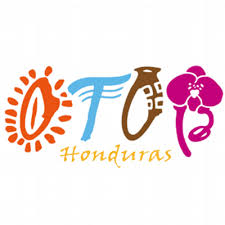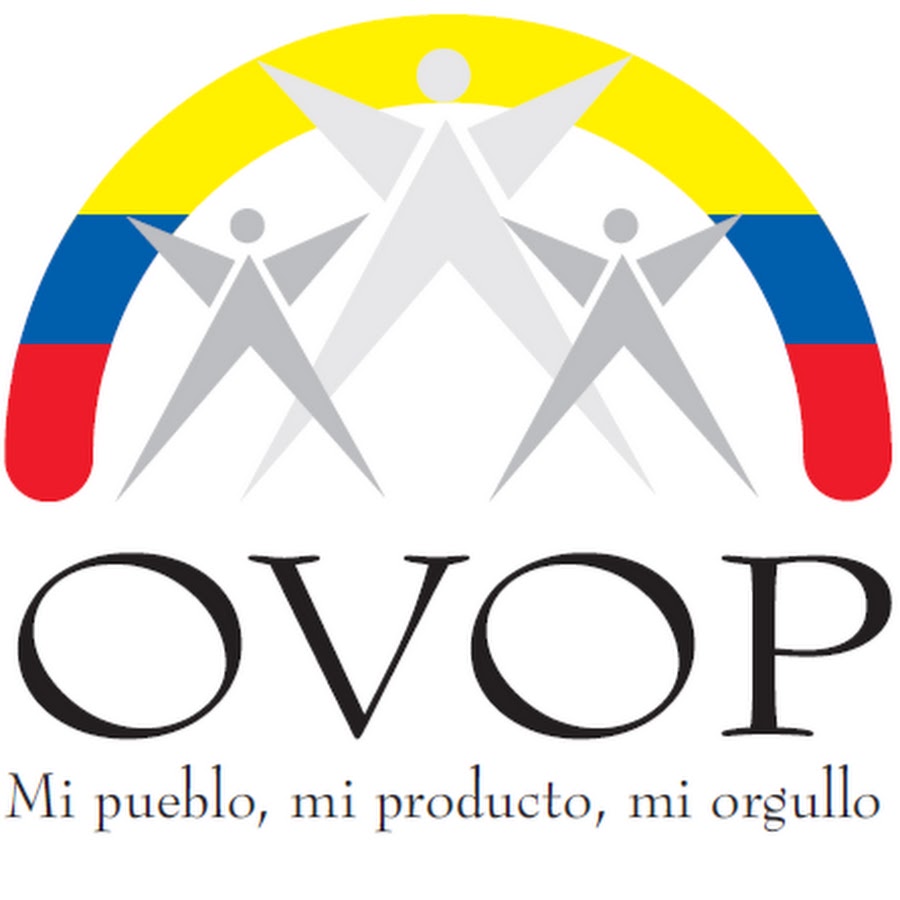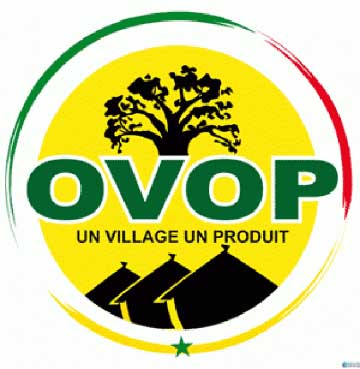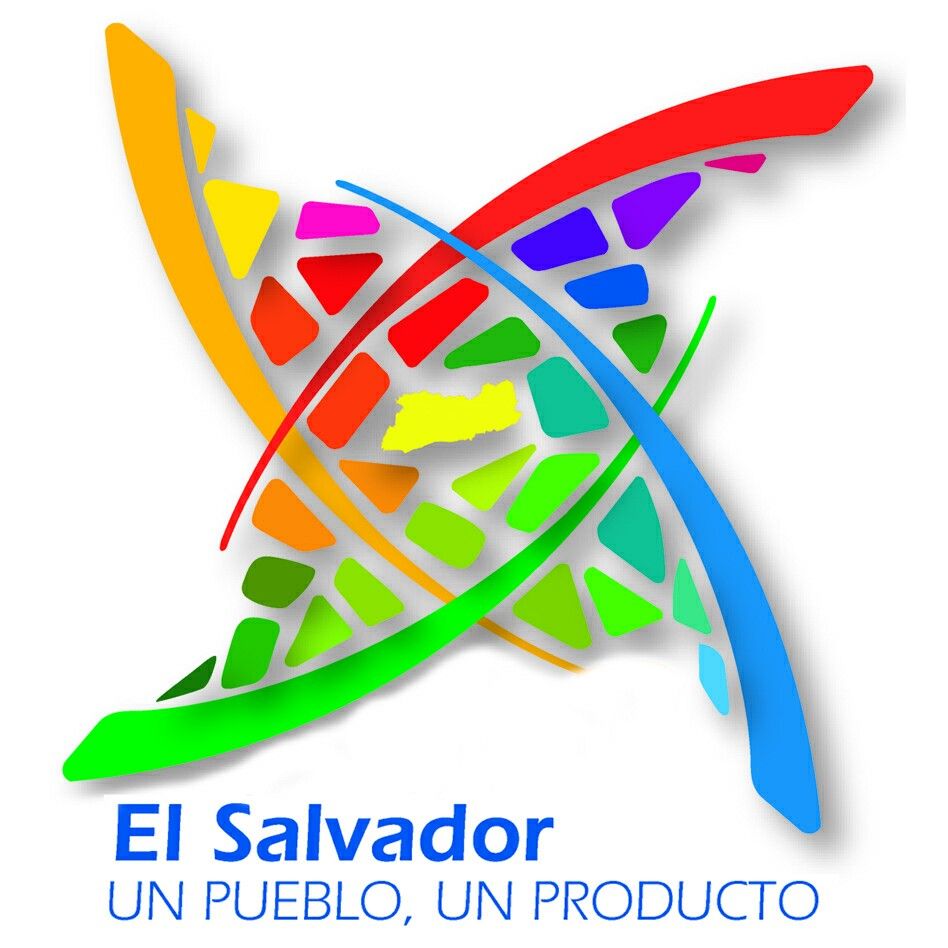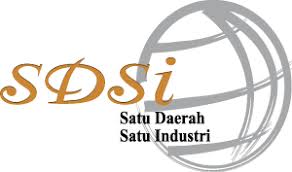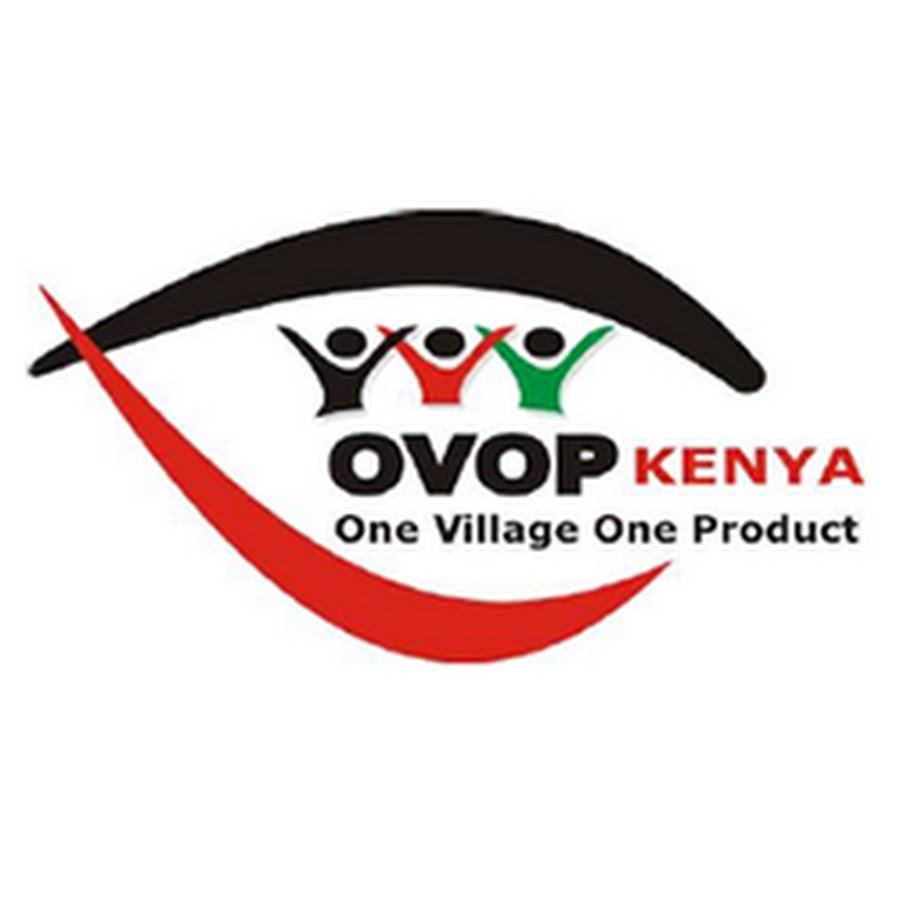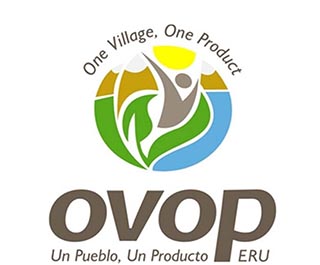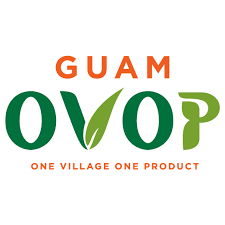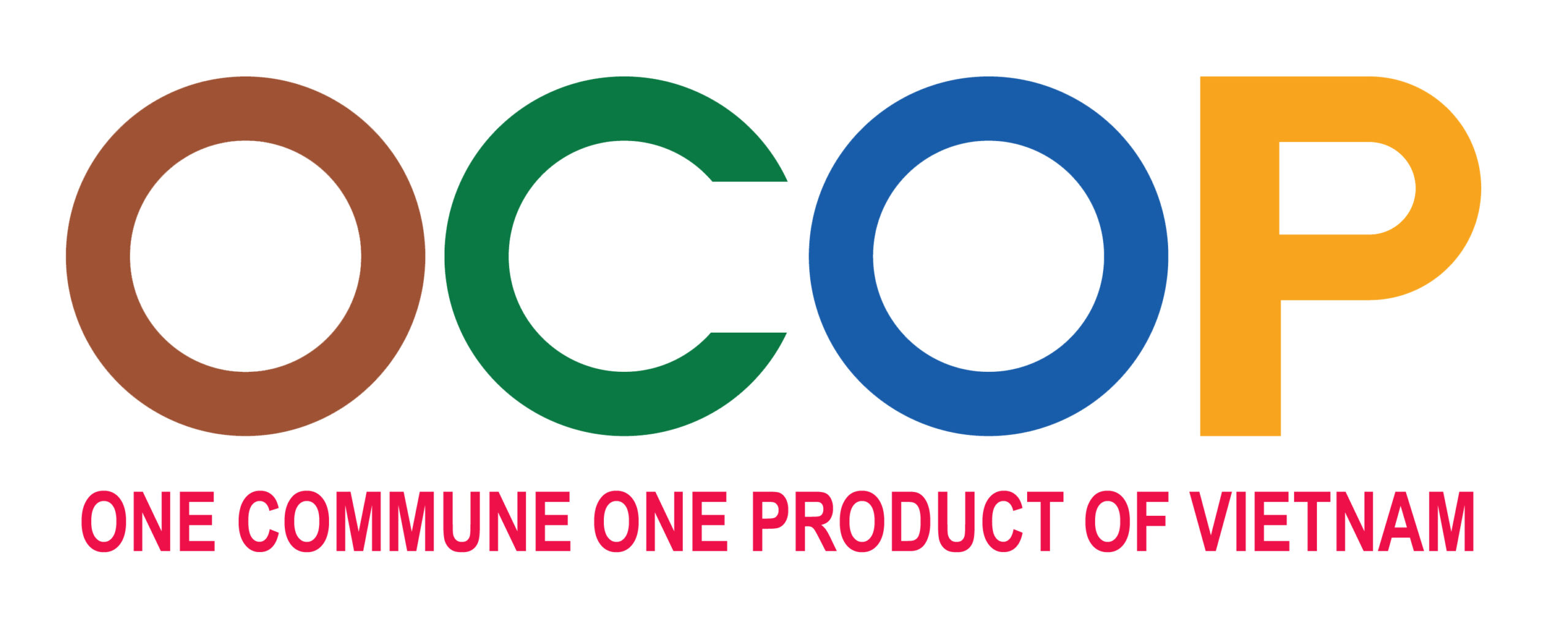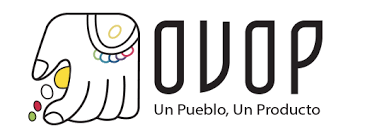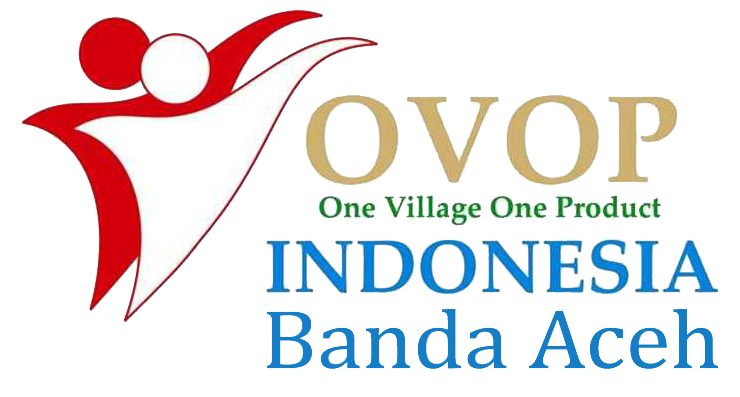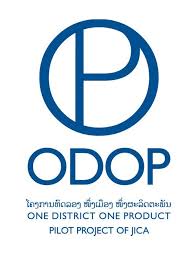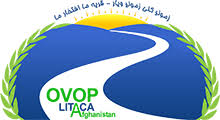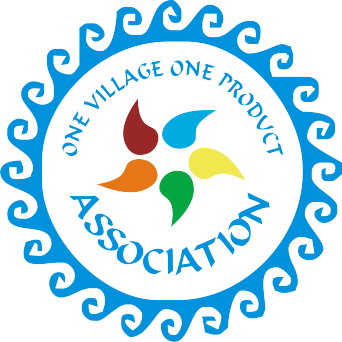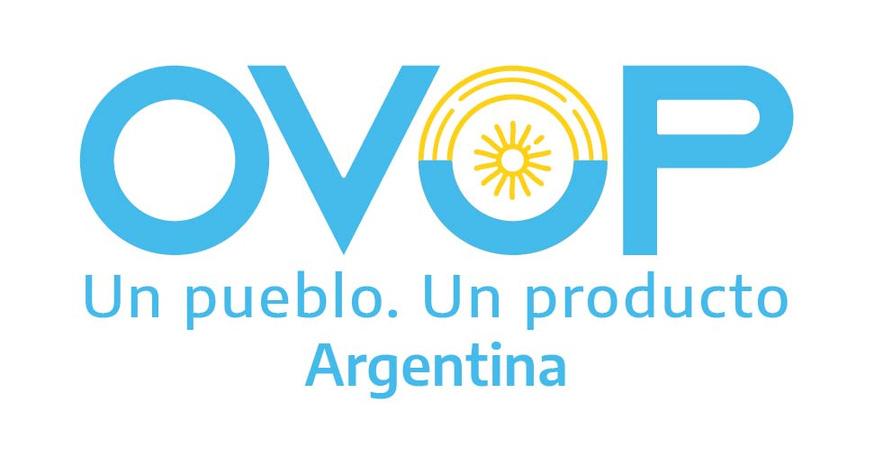The European coffee market is mature, but constantly evolving. Specialty coffees, single-serve methods and ready-to-drink coffees are growing in popularity. Sustainability remains a top priority for industry stakeholders. Buyers and retailers often use certification to promote their sustainability efforts. The growing consumer demand for traceability and transparency in the value chain has influenced the growth in direct trade between producers and European roasters. At the same time, increasing integration of multinational companies in mainstream coffee trading and roasting further consolidates the market, putting pressure on prices along the entire chain.
Due to the impact of the COVID-19 pandemic on the coffee markets, some of these trends may have changed in the short to medium-term, as highlighted in our article The COVID-19 crisis spills over into the global coffee sector. While this study addresses some of these changes, it mainly focuses on long-term trends and prospects.
1. European coffee consumers more knowledgeable and demanding
Development of the current European coffee market has been defined by waves starting in the 1960s. The first wave marked the popularisation of coffee consumption in Europe, lasting through the 1970s, 1980s and into the 1990s. The second wave entailed a shift to higher-quality coffee and the development of coffee corner locations, marked by the advent of chains, such as Starbucks and Costa Coffee, beginning in the mid-1990s in Europe. The third wave has been noted since the mid-2010s, marked by the growing demand for high-quality coffees that focus on particular taste attributes — a ‘coffee-like-wine’ consumer attitude — and direct trade, usually traceable to farm level.
The high-end segment of the European coffee market is currently experiencing a fourth wave, characterised by what is called the science of coffee. In this context, it has become crucial to understand the intrinsic characteristics of the coffee bean and the influence of its preparation on its taste. During the third and fourth waves, consumers have also taken interest in understanding the story behind their coffee.
On the production side, producers are learning more about the profile of buyers. In addition, a slow rise in expertise about coffee qualities has led, for example, to the establishment of more cupping labs at cooperatives, where farmers evaluate and learn to appreciate the different aspects of coffee quality according to European standards. Examples of coffee cooperatives with integrated cupping labs and internationally trained cuppers are Cooperative Muungano (DR Congo), AsproUnión (Colombia) and Koperasi Arisarina (Indonesia). In some cases, national cupping schools have been established, for instance by IHCAFE (the Honduran Coffee Institute) and ANACAFE (Guatemala).
Meanwhile, there is an upcoming fifth wave in the global coffee industry, which is aimed at achieving a highly successful, high-quality, customer-centric and sustained coffee business that meets the desires and needs of today’s demanding and knowledgeable coffee drinker.
2. Convenience drives growth of European single-serve and ready-to-drink coffee market
European demand for single-serve coffee, such as coffee pods and capsules, has been growing strongly for the past 10 years. Countries with the highest share of coffee pods and capsules consumption in 2018 in the European Union include France (32% of all coffee consumption), the Netherlands (31%) and Belgium (27%). In terms of market value, the leading countries in Europe are Germany, France and Italy.
The European coffee pods and capsules market is expected to grow at an average annual rate of 6.8% between 2020 and 2025. Especially in Northern and Western Europe, retailers keep expanding their assortments of single-serve methods. The ease-of-use of these products, their strong marketing, and the wide variety of flavours available have contributed to their popularity. The European market of pods and capsules is dominated by Nespresso, Starbucks, Lavazza and Jacobs Douwe Egberts.
One important trend within the single-serve market is the introduction of specialty coffee capsules. This is still a very small market but brings interesting opportunities in the process of popularising specialty coffees of different origins and flavours. Nespresso has joined this trend by launching the Reviving Origins programme, aimed at bringing back lost coffee origins. Other examples of companies working in the single-serve specialty segment are the British Difference Coffee, Halo, Hayman and Colonna, the Dutch Coffee Company and Belgium’s Caffènation.
The single-serve market has a major downside as well, which is the negative environmental impact of coffee capsules. In response, the industry has introduced recyclable and compostable solutions and alternatives. Today there are many environmentally friendly solutions found on the market, such as Gea and the biobased capsules from Dutch roaster Peeze, which are compatible with Nespresso machines.
Still a niche market in Europe, ready-to-drink (RTD) coffees form the fastest growing market segment. The convenience of RTD coffees and their perceived health aspects — RTD coffee is presented as an alternative to sodas — drive this trend. Cold brew coffees and nitrogen brew coffees are examples of RTD coffees. Coca-Cola is the largest player in the RTD sector, followed by Starbucks (distributed by PepsiCo) and Nestlé.
3. Specialty coffee is a growing segment in the European market
The majority of European consumers still buy cheap mainstream coffee, usually in the form of standard blends, ground-for-filter or capsules and pods. However, a growing number of consumers in Europe is willing to pay more for high-quality coffees. Some consumers are also willing to pay more for coffees with a good story related to origin, with sustainable environmental and social aspects.
There is no exact definition of specialty coffee. Generally, it is related to cupping scores, which reflect how coffee was evaluated during coffee cupping. There are different protocols you can use to score a coffee, such as the one developed by the Specialty Coffee Association. For some, coffees with a cupping score of 80 and above qualifies as a specialty coffee, while for others it has to have at least some certification or a cupping score of at least 85.
The fact that large trading companies are expanding their portfolio with specialty coffees shows how the segment is gaining importance. InterAmerican Coffee, owned by Neumann Kaffee Gruppe, was one of the first large players to set up a division dedicated to sourcing specialty coffees. Other more recent examples include Olam Specialty Coffee, Volcafé Specialty, Rehm & Co (owned by Benecke Coffee) and Sucafina Specialty (formerly known as 32Cup).
Although mainstream coffee actors increasingly engage in the specialty market, there is also a large number of specialised independent trading companies in Europe. These companies are focused on importing small volumes of high-quality or single origin coffees, for which they pay interesting premiums. Examples include Coffee Quest, Trabocca, This Side Up (the Netherlands), Belco (France), Falcon Coffees (United Kingdom) and Nordic Approach (Norway).
The increasing interest in specialty coffee is also reflected in the growing number of coffee bars, small roasters, small local brands and baristas in Europe. However, the COVID-19 pandemic has had a huge effect on cafés, micro-roasters, restaurants and other out-of-home outlets. For instance, in Germany coffee consumption in coffee shops and restaurants decreased by around 76% during March and April 2020, while an estimated 92% of coffee shops in the United Kingdom had to temporarily close in the same months. It is mainly these outlets that have driven growth in the speciality segment in recent years. However, although the specialty segment has been hit hard, the interest for high-quality coffees throughout the different European markets is expected to remain stable in the long term, thus outliving the crisis. Hence, demand for specialty coffees will most likely increase again after the strict COVID-19-related measures are lifted.
Most specialty coffees are Arabica cultivars, of which Typica and Bourbon are the most widely known. High-quality Robusta (or: Fine Robusta) is not yet widely available. However, recent industry efforts have aimed to create a common language for Robusta quality. As a result, it is now possible to become an R-grader, a cupper specialised in Fine Robusta coffees. Also, updated Q Fine Robusta Standards and Protocols were published in 2019, as well as a Robusta Green-Grading Handbook.
These efforts are the result of a growing interest in Robusta varieties in the specialty coffee market. Some European coffee shops and roasters already focus on Fine Robustas. For instance, the Swiss micro-roaster Röstlabor offers single-origin Robustas from countries like Mexico and Thailand, alongside specialty Arabicas. Another example is Black Sheep Coffee in the United Kingdom, which serves single-estate specialty grade Robusta from India.
The growing demand and the current limited supply of high-quality Robusta coffees offers interesting opportunities for exporters which are able to provide a constant supply of fine Robusta coffees. Consider also growing organic Robusta, for which demand is also growing. Examples of Fine Robusta exporters include Kaapi Royale Coffee (India) and Macenta Beans (Guinea).
Although precise market data do not exist, certain developments in the specialty market stand out:
Signature blends: These are carefully selected coffees from various origins, which reach unique taste palettes. They cater for specific consumer tastes, communicating balance and quality. Examples include various blends by Coffee Masters (United Kingdom), Taf (Greece) and Flying Roasters (Germany).
Single origin: For some time now, coffee origins have been receiving increasing attention from industry and consumers. Single origin is associated with high quality and uniqueness from a certain region or country. Growers from Ethiopia, for example, rely on the uniqueness of this origin, which is considered to be the birthplace of coffee. Peruvian producers also promote their coffees’ unique origin, with their national coffee brand Cafés del Peru, which was launched in 2019. Both Ethiopia and Peru are also important suppliers of organic, high-quality Arabica coffees to the European market. Other examples of single origins are: Jamaican Blue Mountain, Hawaii Kona, Kenya AA and Guatemala Antigua.
Single farm or estate: Coffee sourced from one single farm is called single farm or single estate. Examples include Tanzanian Kifaru Coffee and the Salvadorian Finca el Cerro.
Micro lots and nano lots: The specialty coffee market has also led to an increase in micro and nano lots. These lots consist of extremely high-quality coffee beans, which are sold for very high prices. Micro lots usually consist of 10 to 75 bags. Nano lots are even smaller, consisting of less than five bags of coffee conferring an even more exclusive quality. Micro and nano lots are allowing for more direct trade between producers and smaller buyers, such as specialised traders and small-scale roasters. This opens up an interesting opportunity for top-quality and value-added coffees. However, volumes are low, the costs for preparing these lots for export and the logistical expenses are high. Micro and nano lot coffees usually do not represent the core business of a coffee producer, but may primarily boost the producer’s reputation of having the skills to produce interesting varieties and processing.
4. Certified coffee market continues to grow, but requires caution
European consumers are increasingly concerned about the social and ecological impacts of their consuming habits. This has a great influence on the coffee market, where sustainability standards are ever more popular and where companies are increasingly required to comply with such standards. Certification has become essential for medium and large coffee companies, making it increasingly difficult for non-certified suppliers to access the European market. However, small coffee roasters in the specialty segment are more interested in building trust with suppliers, doing so increasingly by direct trade and less so through third-party certification.
The major certification schemes in coffee are: Fairtrade, organic, Rainforest Alliance/UTZ and 4C. Rainforest Alliance/UTZ has large-scale operations, reaching mainstream markets in Europe. As of July 2020, Rainforest Alliance offers mutual recognition options for coffee. This means that companies at the end of the supply chain will be able to source UTZ and/or Rainforest Alliance-certified coffee and then use either the Rainforest or the UTZ label on their product. 4C, which stands for Common Code for the Coffee Community, also serves the mainstream market. Organic and Fairtrade remain niche markets. To read more about the size of these certification schemes and their importance in different European countries, refer to our study on the European coffee market.
Smaller certification schemes for niche markets also gain more visibility in Europe, addressing issues such as biodiversity. An example is Bird Friendly Coffee, which is currently mostly available in the United Kingdom and France. Other examples include Demeter (biodynamic), Símbolo de Pequeños Productores (smallholder), CU Fair Choice and Fair for Life (social and fair-trade standards, just not as widespread as Fairtrade).
A recent study from the Center for Global Development on the relationship between certification and issues of profitability, productivity and sustainability indicates that there is not always a clear-cut positive effect to coffee certification. One of the reasons for these results is that there is often no baseline data available. In spite of this inconclusive outcome, certification does carry the following notes of caution for producers:
Outcomes of coffee certification vary according to place and conditions.
One-size-fits-all approaches often do not work.
There are other ways to address sustainability in coffee production. Climate change in particular needs a more targeted approach.
At the moment, large-scale multinational coffee roasters are reconsidering their policies with respect to sustainable coffee. The market for certified coffees, however, continues to grow. Note that, in spite of market growth, there is currently a lot more certified coffee in the market than actually sold. According to the Coffee Barometer, about 55% of total global coffee production is certified, of which 20% is purchased as certified by the industry worldwide. Some producers are not able to sell all their certified coffee at a premium price, which often puts them at a financial risk.
5. Increased direct trade between small roasters and producers
Growth in certification also reflects the growing demand in Europe for transparency and traceability of food products, including coffee. Importers, roasters and retailers are now required to have traceability systems in place to record the path and the history of a product and to monitor the processes it goes through along the supply chain.
In recent years, several large importers, roasters and retailers have developed their own sustainable sourcing programmes to meet the demand for traceability. These programmes are either additions to existing certification schemes or bypass them altogether by moving towards a direct trade, responsible sourcing model. Examples of sustainable sourcing programmes from European roasters include Jacobs Douwe Egberts' (Supplier) Code of Conduct, Nespresso’s AAA Sustainable Quality Program and Lavazza’s Sustainability programme.
The demand for greater transparency in the coffee chain has strengthened the links between coffee producers and roasters. More and more coffee roasters, shops and sustainability-minded brands try to form direct links with farmers, coops and associations, also meeting the consumers’ demand to be more closely connected to the source. Although this is a very small fraction of the direct trade market, it is growing in importance.
Most roasters engaged in direct trade are located in western and northern Europe, where the concept of direct trade appeals most to consumers. Examples of small roasters with direct links to origin are Carrow Coffee Roasters (Ireland), Clever Coffee (Denmark), Wakuli (the Netherlands), Horsham Coffee Roasters (the United Kingdom). Examples of cooperatives exporting their coffee to specialised roasters are Muungano Cooperative (DR Congo) and Sidama Coffee Farmers Cooperative Union (Ethiopia).
There has been pushback against direct trade, arguing that it might have led to self-enforced, self-regulated and firm-led schemes, because it lacks any form of outside control or validation. For exporters, engaging with reliable and ethical buyers will make the difference. Commitments that do not have a solid foundation or schemes that are not validated by the market will create risk for the supplier.
6. Blockchain is gaining ground as a tool to increase transparency and traceability
Blockchain technology is a tool that you can use to increase accountability, transparency and traceability. It is an open system of decentralised data tracking and storage that also supports cryptocurrencies. In the case of coffee, this means that the database records transactions in a verifiable and permanent way, so its origins and journey can be traced back. Coffee that is recorded into blockchain thus allows a roaster to see where the coffee comes from and how much was paid for it earlier on. Likewise, producers can see to whom their coffee was sold eventually and for how much.
By bringing together information about end-users and producers, blockchain has the capacity to create and strengthen relationships. It enables roasters to make safe claims of direct trade, while producers can invest in connecting with buyers and improving access to farms by providing information about the size and availability of harvests. Some see the accessibility of blockchain, especially in more rural areas, as well as the education about blockchain’s benefits as major challenges for the successful adoption of blockchain.
Examples of the use of blockchain technology in the coffee industry include Farmer Connect. This platform, launched in 2020, aims to improve traceability in the global coffee supply chain. It has big industry partners on board, such as Jacobs Douwe Egberts, Sucafina and Colombia’s National Federation of Coffee Growers. Farmer Connect is also going to target consumers with an app called Thank My Farmer. The app iFinca is another example, which connects consumers and farmers, and verifies farmgate prices.
Other examples include the blockchain marketplace launched in 2019 by the Indian Coffee Board, to improve the supply chain for its members. Another implementation of blockchain is the green coffee trading platform Beyco (launched by Progresso in 2018), which offers direct connections between potential buyers and sellers, using blockchain technology. It also connects social investors with potential clients in producing countries, thus helping both ends find the best match. The first blockchain coffee auction took place among Guatemalan producers and roasters worldwide in May 2019. Check the results of the auction here.
7. Sustainability initiatives in the coffee sector continue to expand
Attention to climate change and biodiversity issues is rising in the coffee industry. Climate change is expected to substantially reduce the areas suitable for coffee cultivation by 2050. Prolonged droughts, rising temperatures, biodiversity loss and heavy rains expected as consequences of climate change can severely affect the global coffee production. Several coffee varieties have already been declared endangered due to the effects of climate change. Plant disease outbreaks have also been directly linked to climate change, for example, the outbreak of coffee rust in Central America and the coffee borer beetle pest in Latin America. These issues might make it more difficult for exporters to fulfil contracts according to the agreed terms, as availability of coffee is under pressure.
Issues around gender inequality, low prices, price volatility and living incomes are also serious concerns from a social sustainability point of view. Child labour also remains an important social challenge in coffee production.
These sustainability concerns stimulate industry players to take action. As a result, the main multinational coffee companies have developed their own sustainability commitment programmes. Starbucks has its own private standard for quality and sustainable coffee production, which is called Starbucks’ Coffee and Farmer Equity Practices (C.A.F.E. Practices). Nestlé also has its own private guidelines with a similar approach and focus on quality: Nespresso AAA Sustainable Quality. Jacobs Douwe Egberts initiated the Supplier Code of Conduct to identify and address priority issues in the coffee supply chain.
Retailers cover their sustainability concerns and requirements with their own codes of conduct as well, such as those by REWE (Germany), Ahold Delhaize (Netherlands) and Carrefour (France). Many European retailers also actively promote certified coffee and increasingly source certified coffee for their own private-label brands. Coop (Switzerland), for example, requires all coffee products to be either certified with Fairtrade standard Max Havelaar or 4C.
In addition to the private sector, the number of sustainability initiatives and events in the global coffee sector is increasing. A few examples of multi-stakeholder, sector-wide collaborative sustainability initiatives include:
The Global Coffee Platform, which is a multi-stakeholder sustainability platform. The Global Coffee Platform has spurred several initiatives, such as the Kenya Coffee Platform and the Coffee Data Standard to streamline reporting practices.
Conservation International has started the Sustainable Coffee Challenge, which aims to transform coffee production towards fully sustainable practices. It mobilises governments, private companies and research institutions, including more than 150 partners from 87 countries.
The World Coffee Producer Forum, which is a platform that organises and gives voice to coffee producers at a global level.
SAFE Platform, which is a multi-stakeholder knowledge platform that seeks to transform coffee and cocoa landscapes in Latin America.
In common, these programmes do provide a platform for actors in the value chain to share experiences and to create a common understanding of the issues affecting them. They also generate knowledge, tools and policies which can propel the sector towards more sustainable and profitable practices.
8. Increasing consolidation in the mainstream coffee segment
Both the European and the global coffee markets are increasingly consolidating. In an already competitive and saturated market, large-scale players continue engaging in mergers and acquisitions. In 2018, Jacobs Douwe Egberts’ (JDE) holding company JAB Coffee spent about €45 billion on acquisitions. In late 2019, JAB Holdings merged JDE with Peet’s, with more than 21,200 employees worldwide and a revenue of €6.9 billion. In 2020, JDE Peet’s became the first company to exclusively focus on coffee and tea to announce its listing on the Amsterdam stock exchange.
Nestlé spent about €6.2 billion on a deal with Starbucks in 2018 to sell Starbucks-branded coffee products in retail outlets outside the coffee corner chain, thus gaining market share in the United States. In another example, Lavazza allocated €2 billion on acquisitions in the coffee industry, acquiring, for instance, Mars Drinks.
There is also a trend whereby mainstream companies engage further in the specialty market. For instance, Nestlé acquired specialty roaster Blue Bottle in late 2017, while JAB Holdings acquired Stumptown Coffee Roasters and Intelligentsia. These large companies increasingly adopt terms common to the specialty market, such as single origin and premium quality, thus appealing to consumers who look for signs of quality. As a result, more and more producers are working under the umbrella of large-scale companies, having to comply with volume, quality, traceability, certification and other requirements established by these buyers.
Another trend that explains acquisitions is the industry’s attempt to expand the consumption options in coffee, for instance, marketing it as an alternative to sodas. Examples of this movement include the acquisition of Dr. Pepper Snapple Group by Keurig Green Mountain, the partnership between PepsiCo and Starbucks and the acquisition of Costa by Coca-Cola.
In the coffee shop market segment several acquisitions have also occurred. JAB Holdings has acquired major restaurant chains that sell large volumes of coffee, such as the British Pret A Manger in 2018. Starbucks is consolidating its market position by expanding globally. With more than 24 thousand locations in 75 countries, the American chain plans to open another 12 thousand new stores globally. As described above, market consolidation leads to standardised products and requirements, where exporters eventually need to comply with, often pushing those that cannot comply out of the market.
Source: CBI, The Nethẻlands.







